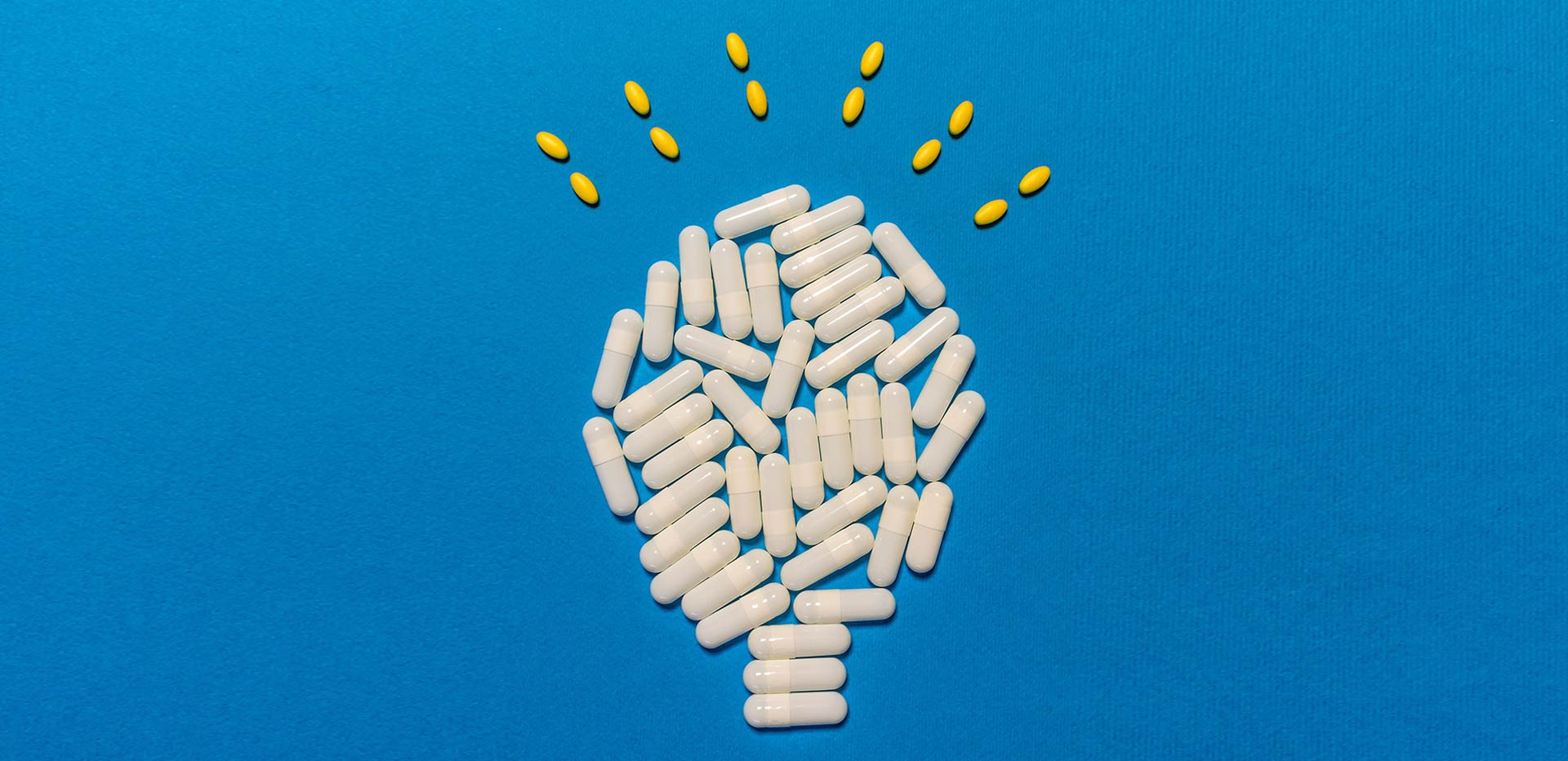Taking a drug to market is a complex process that involves prediction of one or more combinations of molecules that can be transformed into a drug, and performance of experiments on each molecular combination to test for efficacy, stability, safety, and other metrics. This road of trial-and-error experimenting with different molecular combinations can take many years, and cost billions of dollars. Artificial intelligence (“AI”) tools can substantially reduce the time of trial-and-error experimenting with molecules by trimming the molecules that are not ideal based on historical data. This quickens the process and reduces the investment for finding effective, stable, and safe molecular combinations that can be developed into a drug. This article elaborates on the confluence of drug discovery and AI, some industry partnerships between pharmaceutical and AI companies, implications of pharma-AI confluence for patent law, and various recommendations for protecting technological aspects of the pharma-AI confluence.
By Carl Kukkonen, Patricia Campbell & Gurneet Singh[1]
I. DRUG DISCOVERY AND ARTIFICIAL INTELLIGENCE
In the pharmaceutical and biopharmaceutical industries, taking a drug to market is a tedious process. For example, to create a drug, scientists first predict one or more combinations of molecules that can be transformed into a drug. Next, scientists perform experiments on each molecular combination to test for efficacy, stabi
...THIS ARTICLE IS NOT AVAILABLE FOR IP ADDRESS 216.73.216.89
Please verify email or join us
to access premium content!

